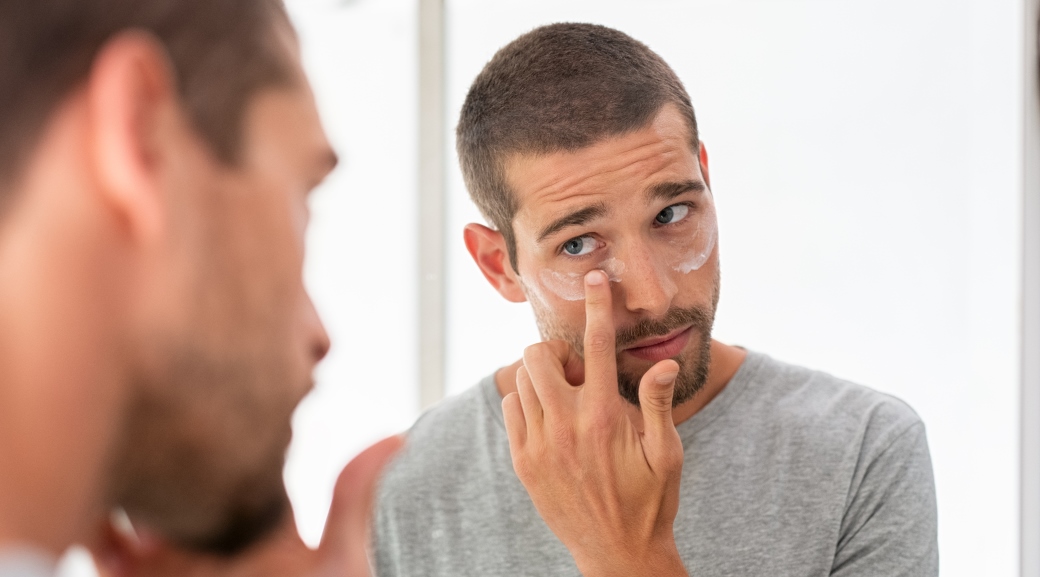Male beauty has gone mainstream, with the number of men’s skin care and beauty products on the rise.
esprit asked the BAs: “How do you see the male beauty industry evolving over the coming years?”

WHO: Julieann Taylor, Livelife Pharmacy, Cooroy
“Having been in the pharmacy industry for the best part of 14 years, I’ve seen changes in what customers are wanting to purchase and asking for us to stock in the pharmacy. I’ve noticed there has definitely been a rise in men’s skin care and beauty products with men wanting to look after there skin without the stigmatism of skin care being only for women. Sales of products for beards, hair and skin care have risen, also there is an increase in new products which suppliers are bringing out into the market place. On average men use at least four skin and hair care products, those being moisturisers, scrubs, body washes and hair sprays. I’ve seen many companies introducing a men specific range within their original offerings. Men don’t seem to mind about price – they are more interested in the quality of the products. In pharmacies, the male skin care section in the past has taken up one to two shelves at the most, but with all the new products and the increased demand for these products we have seen more shelf space and more variety and choice. I believe that with social media and more information available about personal care, this has led to the rise in men’s skin care and beauty products. You never know in the not to distant future men’s sections in pharmacy might take up the same amount of shelf space as the women’s section.”

WHO: James Prasad, Priceline, Bankstown
“With the barrier between men and women in the beauty world disappearing as our society is becoming more diverse and accepting of different identities. We are finding more men are coming into our stores, feeling more confident to talk to our BA’S looking for solutions, advice and recommendations on every day skincare. Whether it be looking for skincare or supplement solutions for their skin needs. From acne scaring, anti-ageing or to maintain healthy skin with a daily routine recommended by our BA’s or myself. I think a massive key aspect that will evolve over the coming years when it comes to men’s skincare is that there will no longer be a skincare grouped for just men or women. Skincare will evolve into a more diverse range with both marketing and product being targeted at diverse, uncategorised groups not including gender. Something I have noticed over the years is that men are gravitating more and more towards ‘women’s’ skincare with or without the recommendations of our BA’s knowledge. Our male customers are much more open to the idea of trying products not located in the men’s section which I think is great as both men and women share so many of the same concerns when it comes to their skin. The diverse evolving society will mould a new future for men’s skincare in the beauty world.”
FACTS:
- Men’s personal care market is expected to hit $166 billion in 2022, according to Allied Market Research.
- Male-targeted skin-care product sales have jumped 7% in the past year, according to the NPD Group.
- Total men’s grooming products in Australia exceeded $500 million a year, according to a 2015 IBISWorld report.
- Nearly two-thirds of men say they use facial skincare, a 2018 US Mintel study showed.
- Australian men spend roughly $125 monthly on their looks, not too far behind the women at $167 per month, according to a 2017 Mozo lifestyle habits study.
- For total male grooming, supermarkets/hypermarkets represent 34% of sales, pharmacies are a similar percentage, online is sub-10% but growing fastest, and other retailers approximating 25%, according to a 2017 Inkwood Research study.
- Bricks-and-mortar currently accounts for more than 80% of total male grooming product sales globally, according to Euromonitor.
- Nearly 40% of adults aged 18-22 have shown interest in gender-neutral beauty products, according to the NPD Group’s iGen Beauty Consumer report.
This article was first published in the Spring 2020 issue of esprit magazine.

